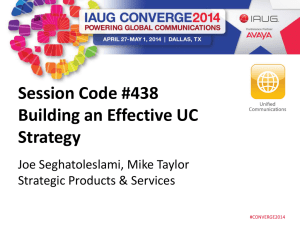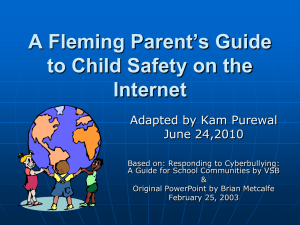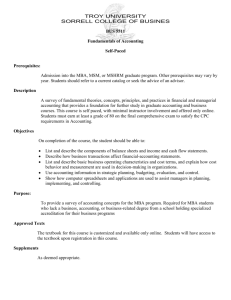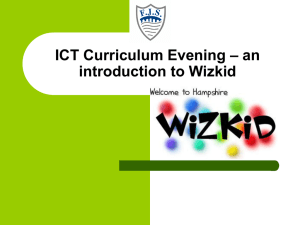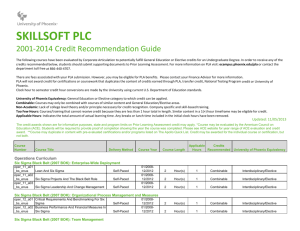E-Learning Article
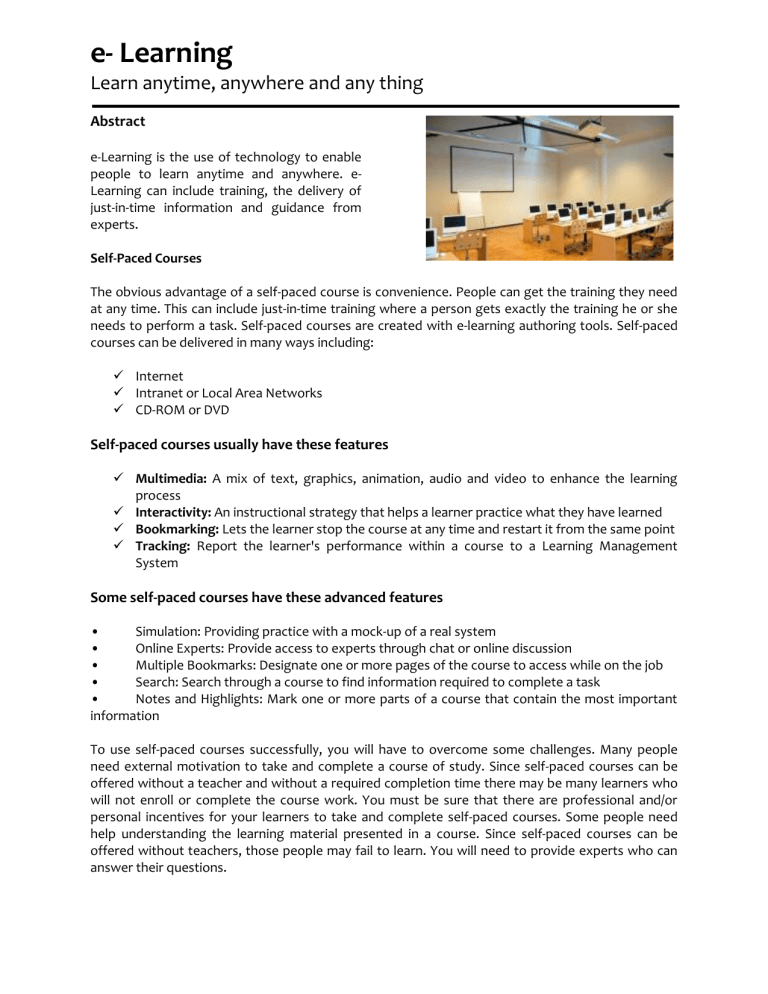
e- Learning
Learn anytime, anywhere and any thing
Abstract
e-Learning is the use of technology to enable people to learn anytime and anywhere. e-
Learning can include training, the delivery of just-in-time information and guidance from experts.
Self-Paced Courses
The obvious advantage of a self-paced course is convenience. People can get the training they need at any time. This can include just-in-time training where a person gets exactly the training he or she needs to perform a task. Self-paced courses are created with e-learning authoring tools. Self-paced courses can be delivered in many ways including:
Internet
Intranet or Local Area Networks
CD-ROM or DVD
Self-paced courses usually have these features
Multimedia: A mix of text, graphics, animation, audio and video to enhance the learning process
Interactivity: An instructional strategy that helps a learner practice what they have learned
Bookmarking: Lets the learner stop the course at any time and restart it from the same point
Tracking: Report the learner's performance within a course to a Learning Management
System
Some self-paced courses have these advanced features
•
•
•
•
Simulation: Providing practice with a mock-up of a real system
Online Experts: Provide access to experts through chat or online discussion
Multiple Bookmarks: Designate one or more pages of the course to access while on the job
Search: Search through a course to find information required to complete a task
• Notes and Highlights: Mark one or more parts of a course that contain the most important information
To use self-paced courses successfully, you will have to overcome some challenges. Many people need external motivation to take and complete a course of study. Since self-paced courses can be offered without a teacher and without a required completion time there may be many learners who will not enroll or complete the course work. You must be sure that there are professional and/or personal incentives for your learners to take and complete self-paced courses. Some people need help understanding the learning material presented in a course. Since self-paced courses can be offered without teachers, those people may fail to learn. You will need to provide experts who can answer their questions.
Discussion Groups
A discussion group is a collection of conversations that occur over time. Other names for discussion groups are message boards, bulletin boards and discussion forums.
A discussion group might start out as a question from an individual. Sometime later, another individual responds to that question.
Others can respond to the question (creating a thread) or they can start their own conversation (forming another thread). A threaded discussion might also start with a teacher asking an open-ended question that leads to a class discussion. Discussion groups can be used to support a group of people
Virtual Classroom
A virtual classroom duplicates the capabilities found in a real classroom. A virtual classroom provides:
• A place to meet: Students and teachers use their computers to go to a virtual meeting place instead of a classroom. o o o
• Take attendance: A list of students is recorded.
• Lecture: Teachers can choose from a variety of synchronous technologies including:
Slide presentation
Audio and video conferencing
Application sharing o
•
Shared whiteboard
Interaction with students: Students can indicate when they want to speak by virtually raising their hand. Teachers can let students speak through audio and video taking the same class or can be used to support people performing similar tasks.
A discussion group is a very efficient way to provide expert answers to a large group people. A single answer to a common question can benefit many. conferencing. Teachers and students can use instant messaging and chat.
• Quizzes: Teachers can present questions to students.
• Breakout Sessions: Students can work together in groups.
Most companies that sell virtual classroom software provide all of these capabilities in a single package.
Audio and Video Conferencing
Audio conferencing can be implemented in two ways:
• Computers connected to the Internet. Common names for this kind of implementation are IP
Audio Conferencing or Voice-over-IP.
• Phone conferences. People dial the same number to participate in an audio conference.
Video conferencing can also be implemented in two ways:
• Computers connected to the Internet. The computers need digital cameras.
•
Chat
Special video conferencing devices that connect over the Internet or over phone lines.
Chat allows several people to communicate with each other. Each participant uses a computer to type their comments. The other participants can see the name of the person and their comments.
Shared Whiteboard
A shared whiteboard lets a group of people communicate by typing comments, drawing, highlighting and pointing. A shared whiteboard is a common feature within virtual classroom software packages.
Application Sharing
You can demonstrate how to use software applications to remote learners with application sharing.
A teacher can also let the learner take control of the application to practice performing tasks.
Instant Messaging
Instant messaging is similar to chat. One person communicates to another through typing. Instant messaging also provides some additional features. With instant messaging, you can keep a list of list of people that you might like to chat with. The list will indicate if they are online, offline, available for chat or busy. These features make instant messaging an excellent tool for learning from peers.
